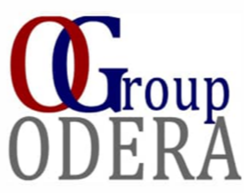SERVICES
Add Your Heading Text Here
ENGINEERING SERVICES
Add Your Heading Text Here
ACFM (Alternating Current Field Measurement)

Odera Axiom deploys ACFM for surface breaking defects in welded structures both topside and subsea.
Alternating current field measurement (ACFM) is an electromagnetic inspection technique that introduces an alternating current into the surface of a component to detect surface-breaking cracks.
The presence of a crack disturbs the electromagnetic field and the return signal is instantaneously converted by advanced mathematical techniques so that operators are alerted to the presence of defects.
Immediate defect sizing and recording is a major benefit compared to other NDT methods.
Results from independent testing shows ACFM matches magnetic particle inspection (MPI) performances when inspecting underwater structural welds. The amount of missed and spurious signals is significantly lower with ACFM compared to MPI and conventional eddy current testing (ECT).
With ACFM’s lower cleaning requirements and fewer false calls, inspections are significantly shorter, saving customers money.

Applications
- Weld inspection: w/ standard probes and single-pass *array probes
- One or two-person operation (e.g., confined spaces)
- High-temperature applications
- Inspection through thick coatings
- Thread inspection
- Splash
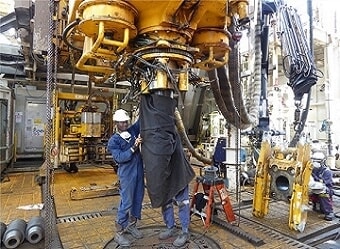
Benefits
- Accurate sizing of surface-breaking cracks
- Inspect through paint and coatings
- Less cleaning compared to other methods
Add Your Heading Text Here
Phased Array Corrosion Mapping
Recognition from various inspection bodies and asset integrity engineers has resulted in phased array ultrasonic testing (PAUT) becoming the preferred technique for corrosion mapping.
PAUT is widely used for the in-service detection and characterization of corrosion in pipes, tanks, vessels, and other critical assets. Due to a larger footprint, PAUT probes can cover a larger surface at higher speeds leading to a significant time reduction and enhanced resolution.
Odera Axiom Solution
Odera Axiom offers a complete solution with advanced phased array instruments, a range of automated and manual scanners, and a full range of probes and wedges.
- Complete turnkey package
- Integrated scanner control built into the software
- Onboard electronics for all manual scanners
- Aqualock utilized in all scanners
- Driven by Capture software
- Remote analysis via TeamViewer
- Range of modular scanners

Applications
- Pressure vessels
- Storage tanks
- Pipelines
- Spheres
- Restricted access areas
- Ship hulls and other marine vessels
- Other critical assets


Add Your Heading Text Here
WELDING ENGINEERING
We are a company where every solution and service are based on excellence. Our wide range of services that we provide speak volumes about the skills we possess. We possess strong welding knowledge, quality management expertise and inspection activities in the welding engineering field. With a strong focus on reviving the welding, statutory and quality management knowledge
wherever we render our expertise, we use our skills and bring a brand new approach to the welding, quality management and Inspection industry such that our deliveries satisfactorily meet intended needs and satisfaction of our clients and/or the owner/user.
Our Specialty
We have excellent understanding and extensive experience in overall welding technology, design and quality management. Our services include;
- General welding and quality management systems training and
- Welding control and defects investigation
- Qualifying welding procedures, welders and welding operators as per client requirements and welding code such as ASME IX, AWS 1, and ISO EN 15614 Code etc. We are adequately poised to whatever the intended structure and governing code of practice throws at us.
- QMS implementation, its maintenance and internal QMS
- Quality inspection and compilation of data packs as per client
- Independent Inspection services for manufacture, mechanical design verification and In-service
- General Inspection
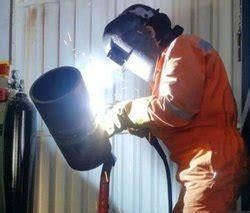
Our Difference
We view clients as partners and our success is only measured by the success and safety of our clients. So we put it all on the table in order to exceed expectations and meet regulatory requirements. Our culture and ethics matter and it reflects in our work. Here, jobs are careers hence, the finished product matters to us because it carries our name.
Our staff are proficient up to the required level of certification, energetic and innovative. We are never afraid to take challenges in an effort to help our clients and comply to regulatory requirements. Every member of our team is passionate about welding and quality management. For every project, no matter how large or how small, we strive to not only meet your needs, but deliver compliance to regulatory requirements in your project or in-service engineering and inspection services
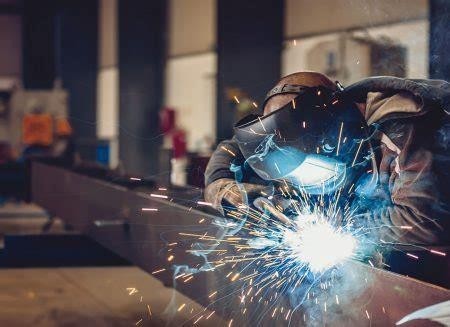
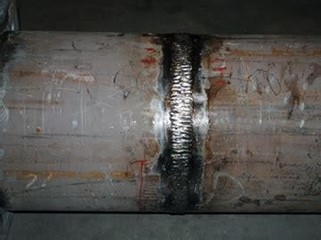

Add Your Heading Text Here
INSPECTION SERVICES
Add Your Heading Text Here
NON - DESTRUCTIVE TESTING (NDT) OF WELDS
ULTRASONIC TESTING
Non-destructive testing (NDT) of welds has been an integral part of quality assurance programs for several decades. During the construction of pipe, vessels, and other industrial infrastructure, welds have often been part of the primary focus to determine the overall integrity before entering service. This focus does not reduce during the asset lifespan, and the welds are often inspected during periodic integrity campaigns to ensure the overall fitness for in-service components.
During construction and within service, the welds must be tested using a volumetric method of NDT to ensure that impurities and defects are detected throughout the full body of the welded joint.
The most widely recognized volumetric NDT methods are radiography and Ultrasonic Testing (UT). Until modern technology developments, radiography was preferred in many circumstances as data is fully recorded, length sizing is regarded as more accurate, and general interpretation of results is universally acknowledged.
However, the tide is turning in the field of NDT, and inspection codes have started to accept alternatives to radiography and, in some circumstances, recommend UT as a preferred alternative.

FABRICATION WELD INSPECTION
Phased Array UT (PAUT) and Time of Flight Diffraction (TOFD) has quickly become a go-to technology for both fabrication welding and in-service inspection. In addition, and in very recent times, Full Matrix Capture (FMC), Total Focusing Method (TFM), Plane Wave Imaging (PWI), and assisted defect analysis has taken advanced UT to another level.
Typical defects identified:
- Lack of fusion
- Porosity
- Cracking
- Slag and other inclusions
Odera Axiom offers a combination of hardware, software, and scanning equipment with highly qualified personnel to ensure a code compliant inspection solution for construction welding and quality assurance. Most international inspection codes now allow for recordable ultrasonic methods to be used instead of radiography as the primary method of volumetric NDT. Recordable ultrasonic methods show significant benefits as the primary volumetric method. Depending on specifications, weld material, and geometry, the setup for recordable ultrasonic can include:
- PAUT/TOFD independently
- PAUT and TOFD combined
- PAUT and TOFD
 combined and additional creeping wave
combined and additional creeping wave - TFM and PWI
PHASED ARRAY ULTRASONIC TESTING (PEUT) AND TIME OF FLIGHT DIFFRACTION (TOFD)
Phased Array UT (PAUT) and Time of Flight Diffraction (TOFD) has quickly become a go-to technology for both fabrication welding and in-service inspection. In addition, and in very recent times, Full Matrix Capture (FMC), Total Focusing Method (TFM), Plane Wave Imaging (PWI), and assisted defect analysis has taken advanced UT to another level.
Typical defects identified:
- Lack of fusion

- Porosity
- Cracking
- Slag and other inclusions
It is mandatory to inspect aging assets to determine if it is safe to maintain operations. The welds are often identified within the risk category as their failure during service can be catastrophic. In-service weld inspection requires a flexible approach. Wall thickness and material details are not always known, and there are often restrictions that are inherent with site conditions. Odera Axiom solution package provides the necessary flexibility by offering a modular scanners that can be assembled in many arrangements and has universal tool posts that can be used with PA, TOFD and other UT probes and wedges. In-service weld defects can include but are not limited to:
- Fatigue cracking
- Weld root erosion
- Original welding defect

Add Your Heading Text Here
PIPELINE INTEGRITY TEST

The integrity of pipelines relies on the integrity of its inspection personnel and equipment. Odera Axiom proven solutions offer accurate, reliable, and repeatable data in real-time. In-service pipeline inspection promotes time and cost efficiencies, ensures environment and human safety, and endorses long-term reliable performance of pipe infrastructure. Body Crack Types:
STRESS CORROSION CRACKING (SCC) Stress Corrosion Cracking (SCC) is a process that results in cracking from the combination of three factors: tensile stress, a corrosive environment, and a susceptible material. |
Pipelines are susceptible to bursting from SCC without any prior wall thinning, highlighting the importance of early detection. SCC is a particularly elusive and challenging problem starting with individual cracks that increase rapidly in depth and length over time which can ultimately link together and seriously threaten pipeline integrity. 
OUR SOLUTION
A two-step approach is deployed for direct assessment of SCC: detection and depth sizing
- Eddyfi Spyne is utilized for a first screening, offering an impressive speed and greater control over the human factor. It provides a much higher Probability of Detection (PoD) than MPI at crack detection and literally transforms the work of technicians in ditches.
- Eddyfi sharck HR is utilised for depth sizing. Within a few minutes, the deepest cracks among colonies can be accurately sized so that instant decisions can be made. Its ease of use and high repeatability also contribute to reducing operator dependent results.
CIRCUMFERENTIAL STRESS CORROSION CRACKING (CSCC) Circumferential Stress Corrosion Cracking (CSCC) occurs under certain environmental conditions, i.e., when the axial stress on a pipe at the crack location is greater than the hoop stress. Evidence suggests that there are three probable sources of additional axial stresses that can promote CSCC: residual stresses in a bent pipe, axial stresses caused by the movement of unstable soil on slopes, and residual stresses opposite rock dents. . OUR SOLUTION In a single pass, the Spyne can detect cracks in all orientations. As with axial SCC, the Spyne offers the same Probability of Detection (PoD), speed, coverage, and sensitivity, i.e., capability of detecting single isolated cracks as small as 2mm (0.08in) in length. Once CSCC has been detected, the Sharck HR probe is utilized for depth sizing. For accurate sizing, the Sharck HR must be pushed in the same orientation as the crack, in this case, circumferentially. The Sharck can inspect pipes from 150mm (6in) OD up to flat surfaces.
|
Add Your Heading Text Here
CORROSION UNDER INSULATION (CUI)

Estimated to cost hundreds of billions of dollars every year, Corrosion Under Insulation (CUI) and Fireproofing (CUF) is a common challenge across the power generation, refining, chemical, and other industrial sectors. When it comes to CUI, CUF or corrosion under coatings, most contributing factors are extremely difficult or impossible to control. The power of prevention comes from regular inspection and mitigative maintenance.
Corrosion under insulation assessment has been redefined with the Eddyfi Lyft. Lyft is a high-performance patented Pulsed Eddy Current (PEC) solution that can scan through thick insulation as well as aluminum, stainless steel and galvanized steel weather jackets. It benefits from a range of probes: single-element, array, and application specific to support various needs and use cases. Lyft is a flexible, fast and reliable solution for CUI and CUF integrity management.
Add Your Heading Text Here
Add Your Heading Text Here
CONSULTANCY SERVICES
Add Your Heading Text Here

Odera Axiom Consultants Expertise
Odera Axiom Consultants Limited is a company registered in England & Wales and Nigeria.
Odera Axiom Consultants demonstrates its superior expertise in every facet of our business, including solutions,
Service Line and Global and Regional Services. We offer optimal and high-quality solutions to all our clients.
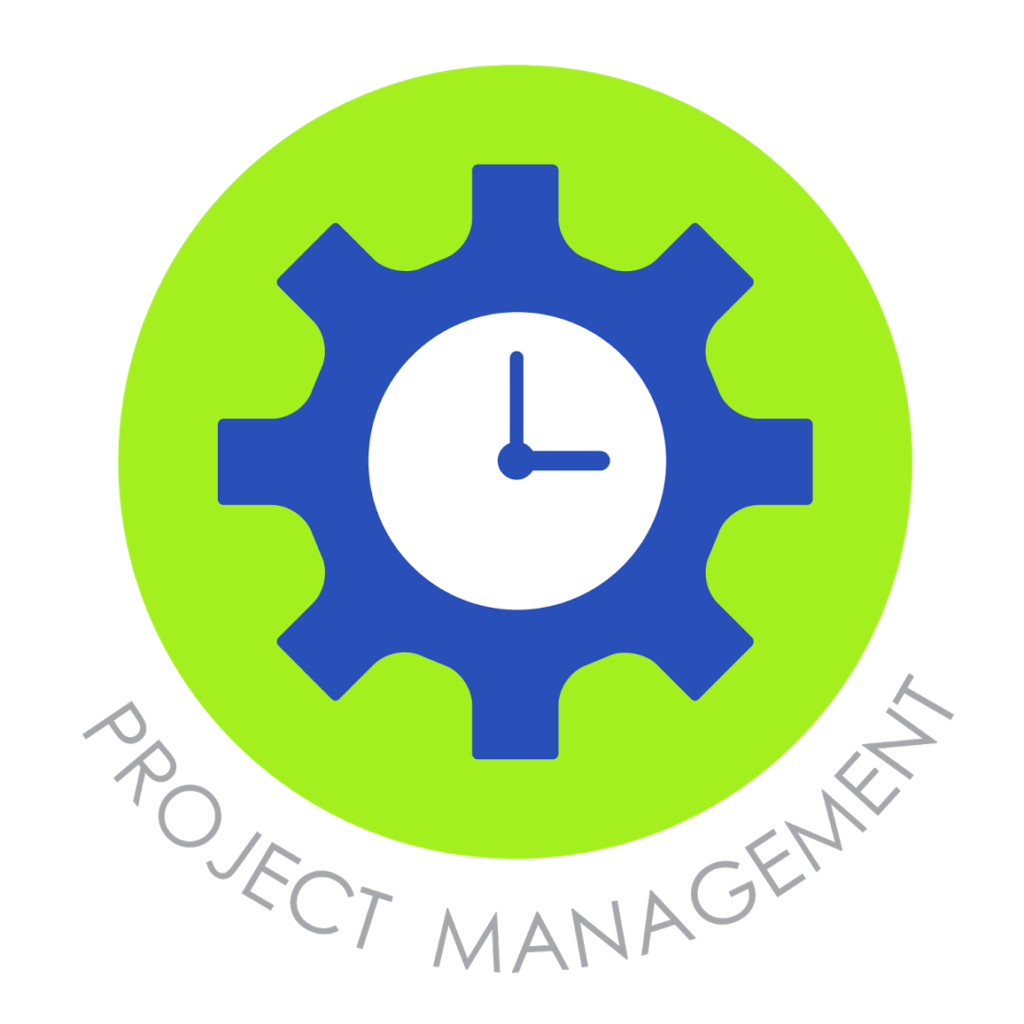
Industry Expertise
Our solutions are supported by our deep insight into various industries and our diversified/extensive experience acquired over the years from supporting our clients as partners in their business growth / transformation.
We offer the industry solutions that address the unique challenges of our clients’ industry and business, and meet their needs in various markets.
Service Line Expertise
Our Service line has a lineup of experienced specialists and provides unique and practical comprehensive services in each area, including corporate strategy; business restructuring; and implementing, operating and facility integrity. We solve the challenges faced by our clients with seamless and end-to-end services and vigorously endorse business transformation.
Add Your Heading Text Here
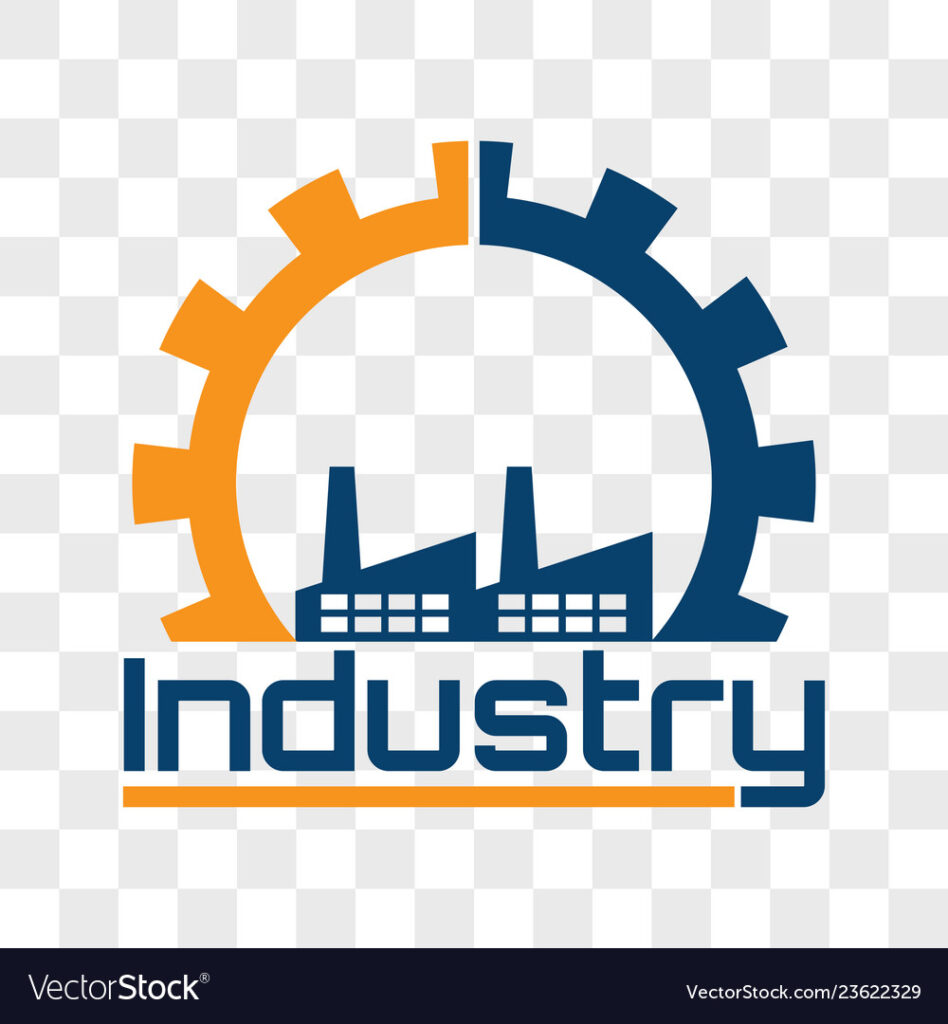
Add Your Heading Text Here
♦ Oil and Gas ♦ Energy and Power ♦ Construction
♦ Aviation and Aerospace ♦ Information Communication and Technology ♦ Pharmaceutical
Add Your Heading Text Here
Add Your Heading Text Here
OFFSHORE AND ONSHORE SERVICES
Add Your Heading Text Here
ASSET INTEGRITY

Ensuring optimal asset integrity is a growing challenge in major industry and utilities worldwide. Upstream and downstream oil and gas exploration and production facilities, as well as conventional and nuclear power plant industries, require continuous assurance that their assets are secure and fit for purpose. Odera Axiom delivers asset integrity assurance through the provision of specialized services using the latest technology, operated by highly qualified personnel and guided by the latest techniques and innovative solutions. |
qualified personnel and guided by the latest techniques and innovative solutions.
National and international legislation, along with safety, reliability and environmental considerations, guide every aspect of our work on behalf of our clients.

Our Personnel are Qualified:
- API 510
- API 570
- API 653
- ASNT & PCN level 2 & 3
- IRATA Levels 2 &3
Asset Integrity solutions
API Inspections
API 510 (Vessels)
API 570 (Piping Inspection)
API 653 (Above Ground Storage Tanks)
API 571 (Corrosion and Materials)

Through the above Certified Engineers, a client can achieve a remaining life expectancy of each asset or object inspected. When the above mentioned approach couple with NDT Inspection is taken the client have a complete overview of their facilities.
ADDRESS
HEAD OFFICE
3 Abiodun Close, Off Alabi Streat, Ikeja, Lagos.
+2348101490664
axiom@oderagroup.com
www.oderaxiom.com
My heading is
ZONAL OFFICE
3, Old Vicarage Close, Cardiff, CF145UZ, Wales, United Kingdom.
+442920227785
axiom@oderagroup.com
www.oderaxiom.com
ABOUT NDT
My heading is awesome
Odera Axiom is a leading Engineering Inspection company in Nigeria. It is a subsidiary of Odera Group. It was incorporated in 2019 and started full operation in 2019. Odera Axiom has competent Professionals such as engineers, technicians, and Inspectors who are experts in their chosen professions. Our royalty and passions are to our highly esteemed clients and the community where we operate.
